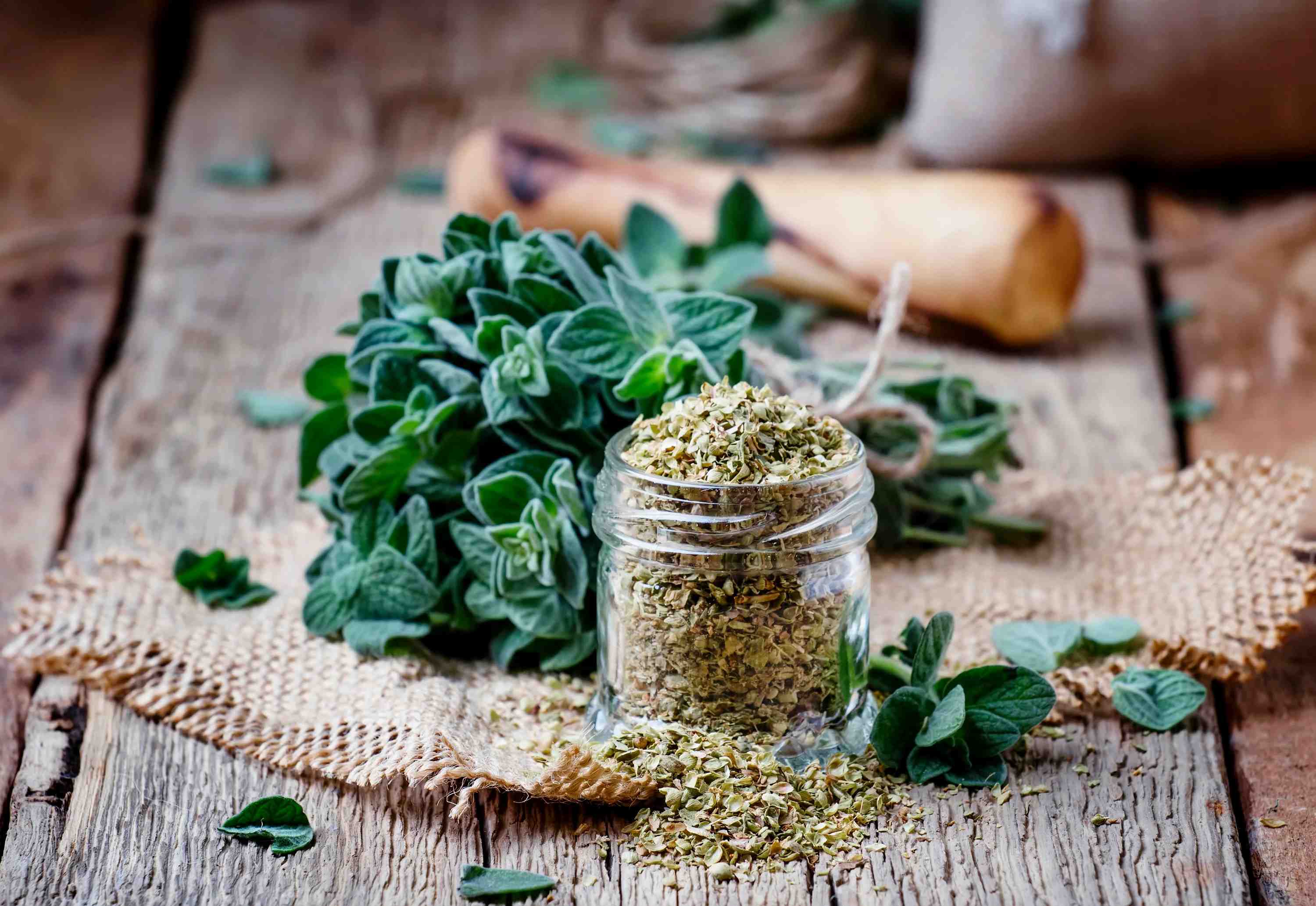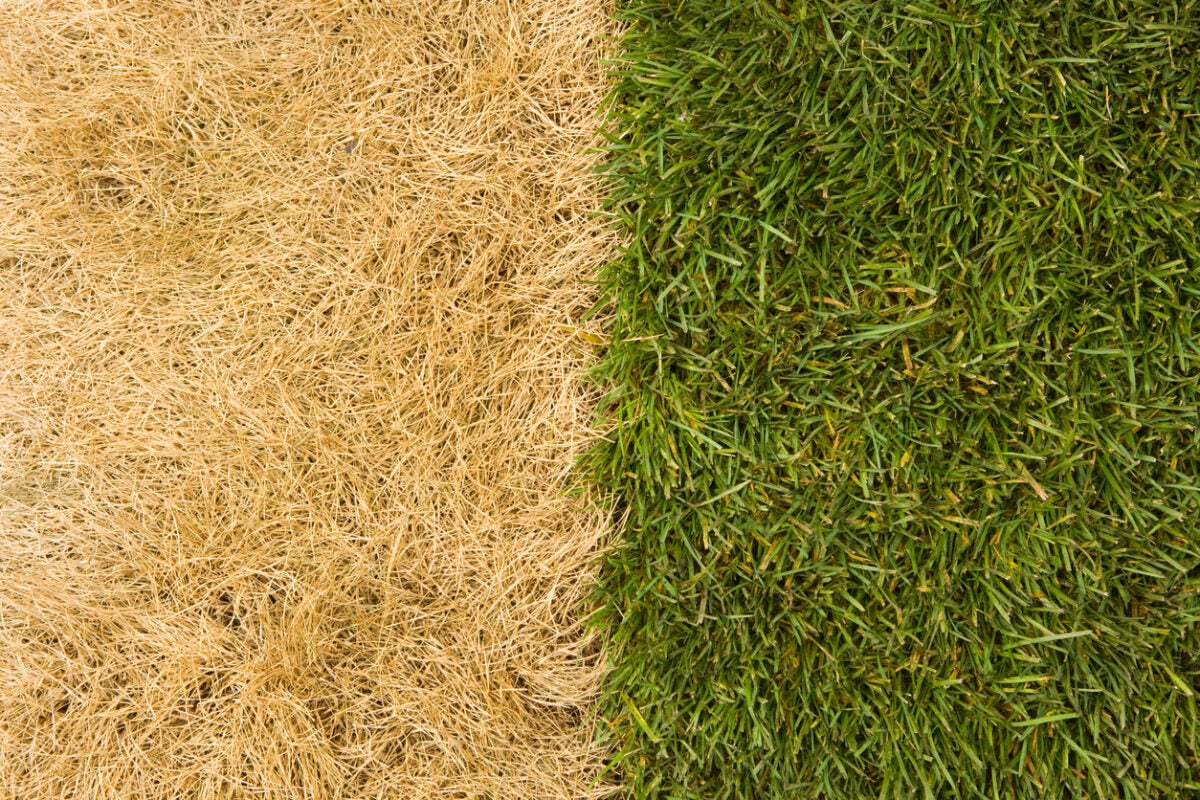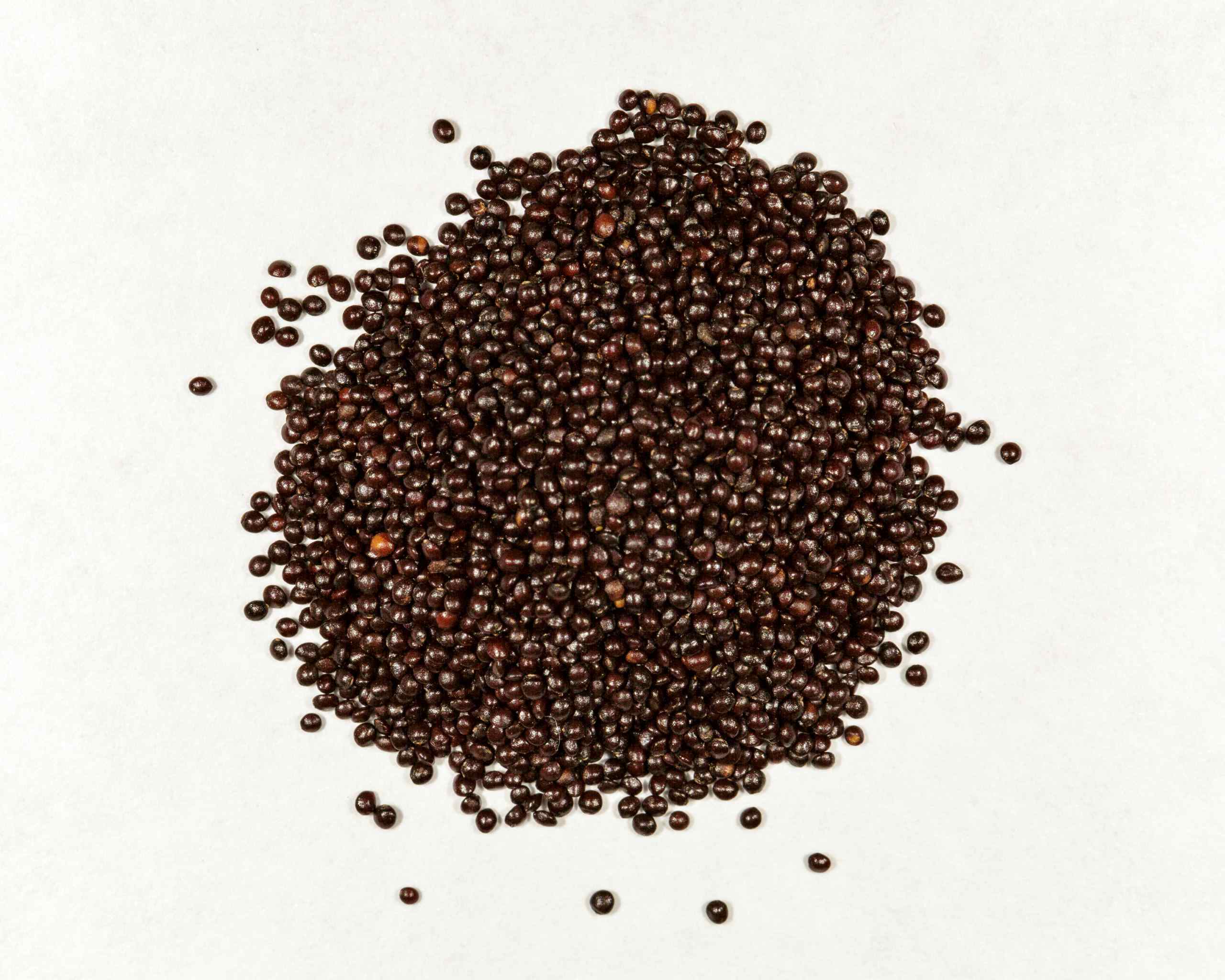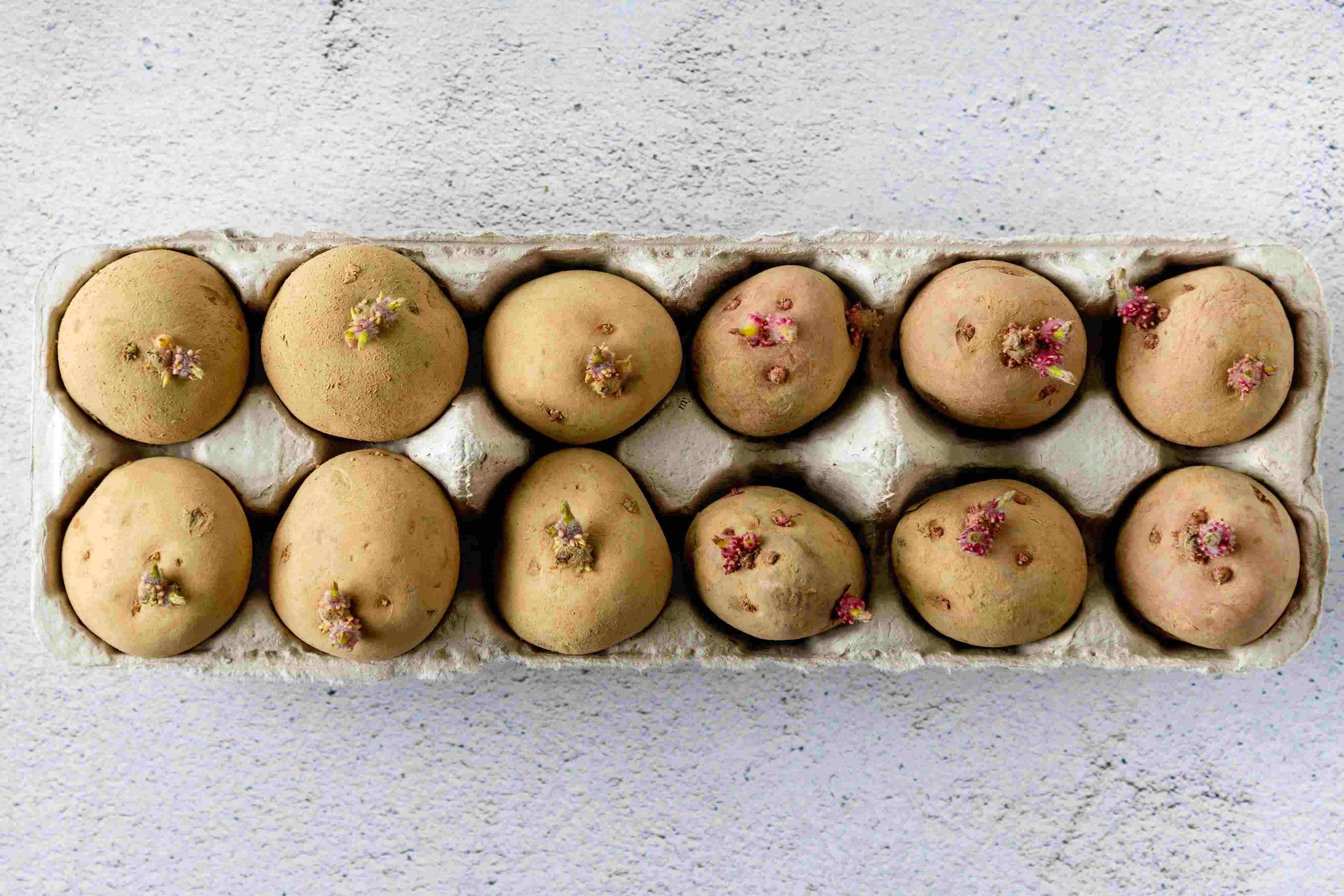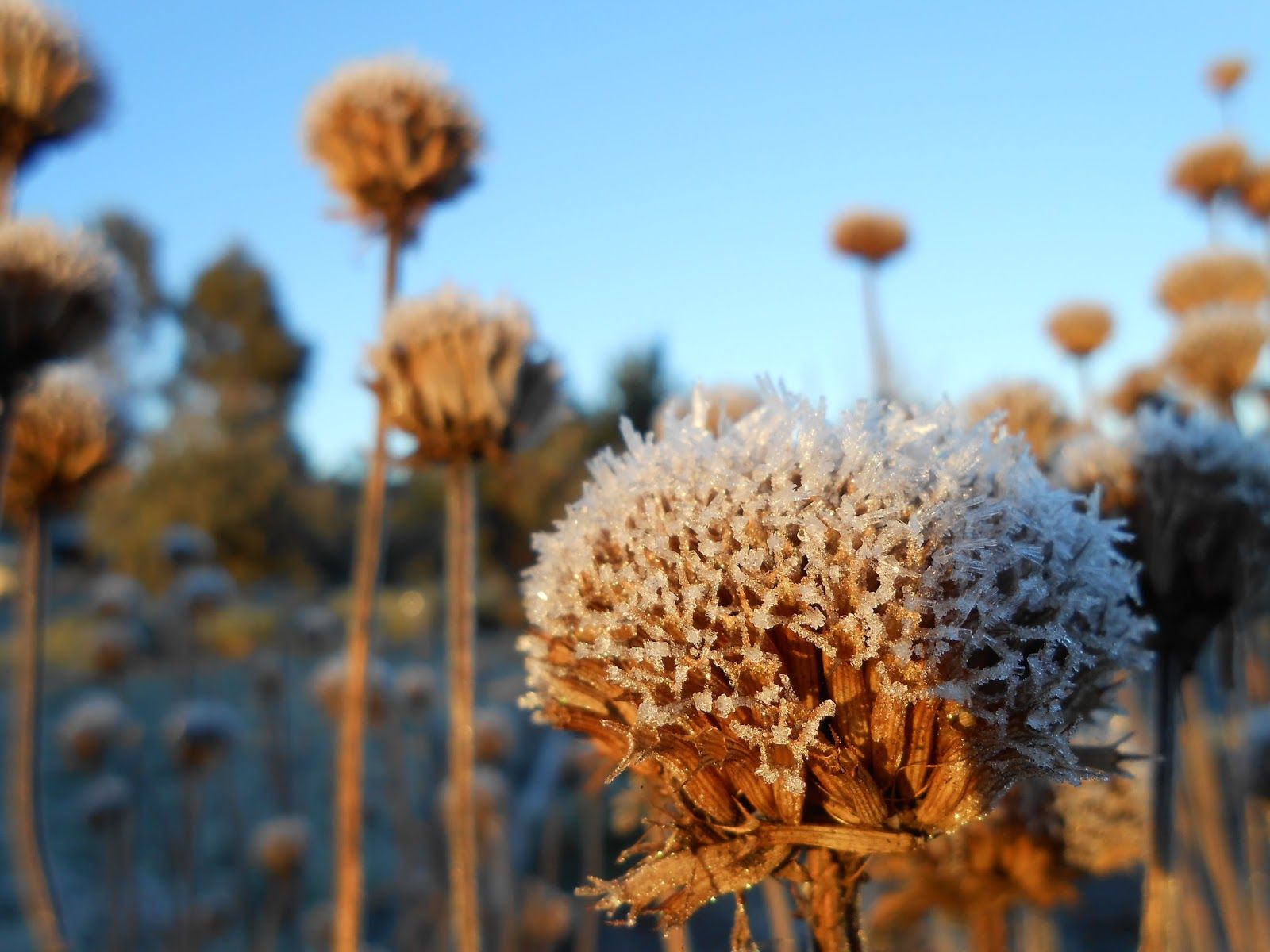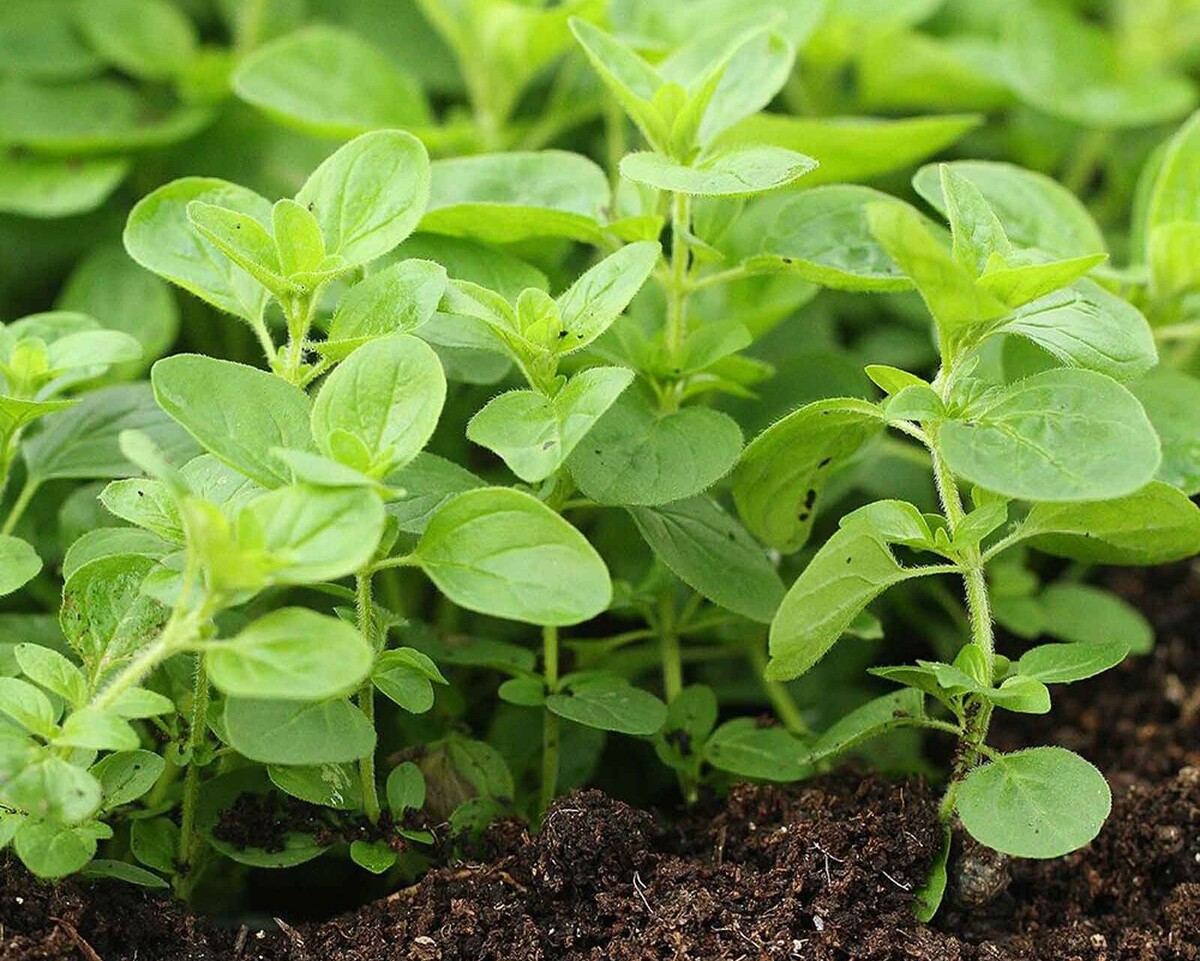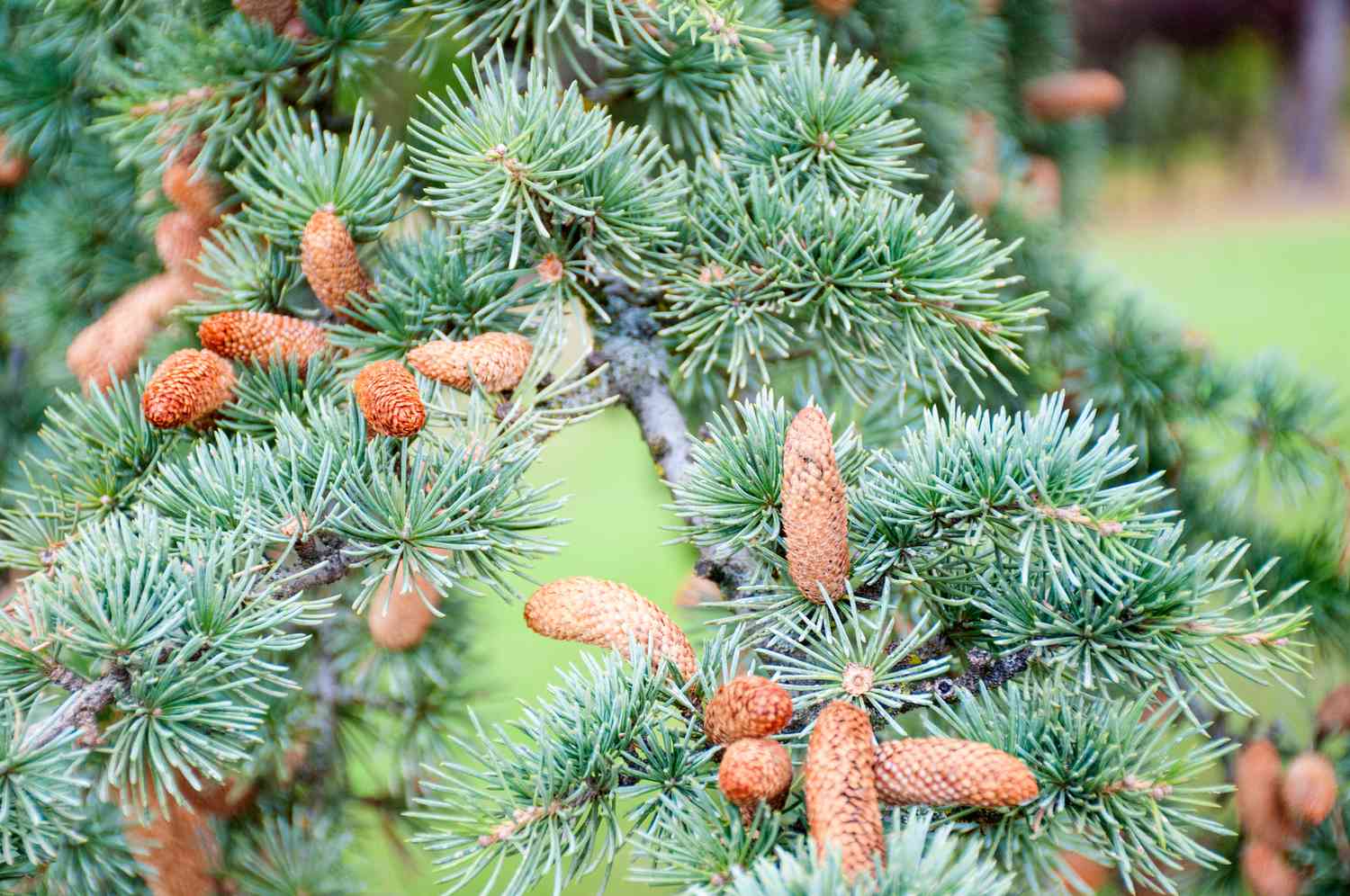Home>Types of Gardening>Ornamental Gardening>What Does Calendula Seeds Look Like


Ornamental Gardening
What Does Calendula Seeds Look Like
Published: September 17, 2023
Discover what calendula seeds look like in ornamental gardening. Explore the vibrant colors and intricate patterns of these beautiful flower seeds and enhance your garden.
(Many of the links in this article redirect to a specific reviewed product. Your purchase of these products through affiliate links helps to generate commission for Chicagolandgardening.com, at no extra cost. Learn more)
Table of Contents
Introduction
Welcome to our guide on ornamental gardening! If you’re a gardening enthusiast looking to add beauty and elegance to your outdoor space, then ornamental gardening is the perfect choice for you. Ornamental gardening focuses on creating visually appealing landscapes through the use of various flowers, plants, and decorative elements. One key aspect of ornamental gardening is the selection and cultivation of ornamental plants, including flowering plants, shrubs, and trees.
One of the most popular and versatile flowering plants used in ornamental gardening is Calendula officinalis, commonly known as calendula or pot marigold. Calendula not only adds vibrant colors and textures to gardens, but it also offers many practical benefits such as attracting pollinators and providing medicinal properties. If you’re considering adding calendula to your ornamental garden, it’s important to understand what calendula seeds look like in order to ensure successful germination and growth.
In this article, we will explore the appearance, color, size, texture, shape, and germination process of calendula seeds. By familiarizing yourself with these characteristics, you’ll be well-equipped to start your own beautiful and thriving calendula garden.
Appearance of Calendula Seeds
Calendula seeds are small, oval-shaped seeds that can vary in color and texture. They have a distinct appearance that sets them apart from other flower seeds, making them easily identifiable.
The color of calendula seeds can range from light to dark shades of brown, often with darker speckles or markings. These markings give them a unique and textured appearance. Some seeds may also have a slightly shiny or glossy coating, which adds to their visual appeal.
The size of calendula seeds can vary, but they are generally small and compact. On average, calendula seeds are around 2-4 millimeters in length. This small size makes them easy to handle and sow, allowing you to plant them precisely where you want them to grow.
When you touch calendula seeds, you’ll notice their smooth and firm texture. This texture helps protect the seeds and allows them to retain moisture during the germination process. The smoothness also makes it easier for the seeds to move through the soil and establish roots once they begin to grow.
One distinctive characteristic of calendula seeds is their shape. They are typically oval-shaped with a slightly flattened appearance. This shape allows for better airflow around the seed, which aids in germination and the development of a healthy plant.
Overall, the appearance of calendula seeds is visually appealing, with their unique color, texture, and shape. Whether you’re sowing them directly into the garden or starting them indoors, taking note of their appearance will help you identify and handle them properly for successful germination and growth.
Color of Calendula Seeds
The color of calendula seeds can vary, but they generally fall within the range of brown tones, ranging from light to dark shades. The specific coloration may depend on factors such as the variety of calendula and the maturity of the seeds.
Most calendula seeds have a base color of light to medium brown. This warm hue adds a touch of earthiness and warmth to the overall appearance of the seeds. Within this brown spectrum, you may also notice variations, such as seeds with darker speckles, spots, or markings. These variations in color contribute to the unique visual appeal of calendula seeds.
In addition to the base color, some calendula seeds may have a slightly glossy or shiny appearance. This can give them a subtle shimmer when exposed to light, further enhancing their visual appeal.
It’s important to note that the color of calendula seeds can also change as they mature and dry out. When freshly harvested, the seeds may have a slightly lighter and more plump appearance. However, as they dry, they tend to darken and shrink slightly, assuming their characteristic brown color. This is perfectly normal and should not be a cause for concern.
Overall, the color of calendula seeds adds to their overall charm and beauty. Their warm brown tones and any additional markings or variations make them visually appealing, both as individual seeds and when sown en masse in a garden bed or container.
Size of Calendula Seeds
Calendula seeds are relatively small, typically measuring between 2-4 millimeters in length. Their compact size makes them easy to handle and sow, allowing for precise placement in the soil.
At first glance, you may find that calendula seeds appear similar in size to other common flower seeds. However, upon closer inspection, you’ll notice that they are slightly larger than some of their counterparts.
Although small, the size of calendula seeds should not be underestimated. These tiny seeds contain all the necessary genetic information and nutrients needed to develop into healthy and robust plants. Once they germinate, they will rapidly grow, producing vibrant and colorful flowers.
The small size of calendula seeds offers several advantages for gardeners. Firstly, it allows for easier handling and precise sowing. You can sprinkle or space out the seeds more effectively, ensuring even coverage across the desired area. The compact size also enables better utilization of garden space, especially for those with limited planting areas.
Furthermore, the small size of the seeds aids in their dispersal by winds, insects, or other natural means. Once dispersed, they can find suitable locations to germinate, leading to the establishment of new calendula plants in different areas of the garden or even beyond.
Overall, while calendula seeds may be small in size, they hold great potential to transform your garden into a colorful and vibrant space. Their compactness allows for easy handling and precise sowing, making them a delight to work with for gardeners of all skill levels.
Texture of Calendula Seeds
The texture of calendula seeds is smooth and firm, providing them with the necessary protection and resilience to withstand various environmental conditions. When you touch or hold a calendula seed, you will notice a slight hardness and resistance to pressure.
This smooth texture serves a crucial purpose during the germination process. It allows the seeds to retain moisture, an essential element for successful germination and early growth. The outer surface of calendula seeds acts as a protective barrier, preventing excessive water loss and helping to keep the delicate embryonic plant inside hydrated.
Calendula seeds have a relatively silky feel, which can be attributed to the seed coat that encases the embryo. This seed coat, often thin but durable, contributes to the smooth texture of the seed. Additionally, the smoothness facilitates the easy movement of seeds through the soil as they begin to germinate and establish their root system.
Another aspect of the texture worth noting is that the seed coat may have a slightly rough or bumpy surface. This feature can provide traction, helping the seed to adhere to the soil while the roots develop and anchor themselves securely.
It’s important to handle calendula seeds with care to avoid damaging the delicate seed coat. By maintaining the smooth texture, you ensure that the seed remains viable and has the best chance of successful germination.
So, when you run your fingers over a batch of calendula seeds, you’ll feel their firmness and smoothness. This texture not only protects the seed but also facilitates the necessary processes for germination and early growth, contributing to the overall success of your ornamental gardening endeavors.
Shape of Calendula Seeds
The shape of calendula seeds is typically oval, with a slightly flattened appearance. This characteristic shape sets them apart from other flower seeds and helps optimize their germination and growth process.
When you observe a calendula seed closely, you’ll notice that it resembles a tiny, elongated oval. This shape is not perfectly round, but instead has a slight flattening on one or both sides. This oval shape provides several advantages for the seed and the plant it will ultimately become.
Firstly, the oval shape of calendula seeds allows for better air circulation and gas exchange. The slight flattening of the seed provides more surface area, enabling improved airflow around the seed. This is important during the germination process, as oxygen is required for the breakdown of stored reserves and the initiation of growth.
The shape of calendula seeds also aids in their dispersal. The slightly flattened oval shape, combined with their small size, allows the seeds to be easily carried by wind, water, or other means. This dispersal mechanism helps new plants colonize different areas of the garden or even spread beyond, contributing to the naturalization and propagation of calendula.
In addition, the oval shape of the seed promotes proper orientation while germinating. When sown into the soil, the flattened side of the seed will typically face downwards, ensuring that the emerging root system can establish itself securely. This orientation is vital for the successful growth and development of the plant.
Overall, the oval shape of calendula seeds plays a significant role in their dispersal, germination, and subsequent growth. It allows for improved air circulation, aids in dispersal mechanisms, and ensures proper orientation for successful establishment. Next time you come across calendula seeds, take a moment to appreciate their unique shape and the role it plays in the life cycle of these beautiful ornamental plants.
Germination of Calendula Seeds
The germination process of calendula seeds is an exciting and essential stage in the life cycle of these ornamental plants. Understanding the key factors that influence germination can help you achieve successful results in growing calendula from seed.
Germination begins when the right conditions are met, including adequate moisture, favorable temperatures, and proper soil conditions. Calendula seeds generally require a moist environment to initiate the germination process. Moist soil provides the necessary hydration for the seed coat to soften and for the embryo inside to awaken and start growing.
Temperature is another crucial factor affecting the germination of calendula seeds. The optimum temperature range for germination is typically between 65°F (18°C) and 75°F (24°C). Cooler temperatures can slow down or inhibit germination, while excessively high temperatures can also be detrimental.
Once the ideal conditions are met, the germination process begins, and tiny roots emerge from the seed, followed by the sprouting of delicate green shoots. With proper care, these sprouts will develop into healthy calendula plants.
It’s important to note that germination can take anywhere from 5 to 14 days, depending on various factors such as temperature and soil moisture. During this period, it’s essential to provide consistent moisture to the soil without overwatering, as excessive moisture can lead to rot or fungal issues.
Calendula seeds are relatively easy to germinate, making them suitable for both novice and experienced gardeners. However, to maximize germination success, it’s recommended to start the seeds indoors in seed trays or pots, approximately four to six weeks before the last expected frost in your area. This gives the seeds ample time to germinate and develop into seedlings that can be transplanted outdoors once the weather becomes favorable.
Once the seedlings have reached a suitable size, typically with a few sets of true leaves, they can be carefully transplanted into a prepared garden bed or container. Calendula plants prefer well-draining soil and a sunny location to thrive and produce abundant blooms.
By understanding the germination process and providing the optimal conditions for calendula seeds to sprout and grow, you can enjoy the beauty and vibrancy of these delightful ornamental plants in your own garden.
Conclusion
In conclusion, understanding the characteristics of calendula seeds is essential for successful ornamental gardening. The appearance of calendula seeds, with their distinct color, size, texture, and shape, sets them apart from other flower seeds. Their small and compact size enables easier handling and precise sowing, while their smooth and firm texture aids in moisture retention and seed movement through the soil. The oval shape of calendula seeds promotes better air circulation, aids in dispersal, and ensures proper orientation during germination.
Germinating calendula seeds requires providing optimal conditions such as moisture, temperature, and soil quality. By creating a suitable environment, you can witness the exciting process of germination, with tiny roots emerging from the seeds and delicate green shoots sprouting. Starting the seeds indoors and transplanting the seedlings outdoors after the last frost can maximize germination success and lead to healthy and vibrant calendula plants.
Incorporating calendula into your ornamental garden can add beauty, elegance, and practical benefits such as attracting pollinators and providing medicinal properties. The vibrant colors and stunning blooms of calendula brighten up any landscape, making them a popular choice among gardeners.
Whether you’re a seasoned gardener or a gardening enthusiast, cultivating calendula from seed can be a rewarding experience. By understanding the appearance, color, size, texture, shape, and germination process of calendula seeds, you’ll be well-equipped to create your own beautiful and thriving ornamental garden.
So, grab your calendula seeds, get your hands dirty, and embark on the journey of growing these charming flowers. Enjoy the process and the satisfaction of witnessing the transformation of simple seeds into a stunning display of color and life in your garden.

